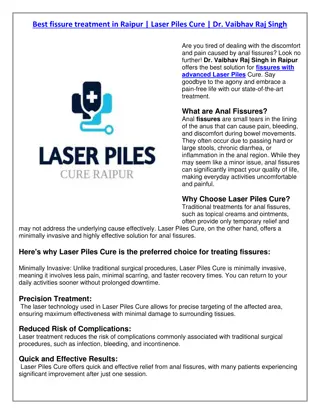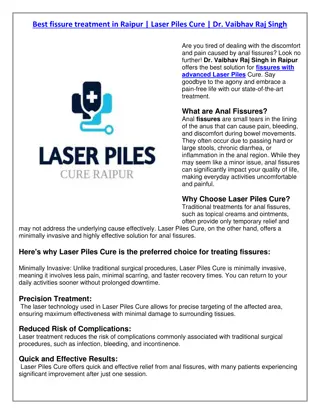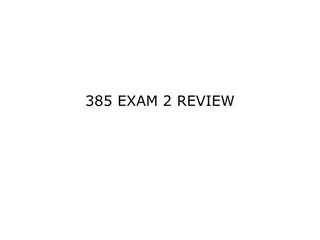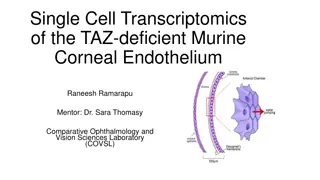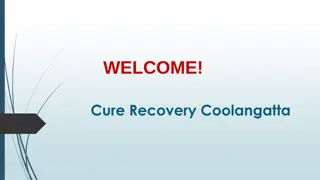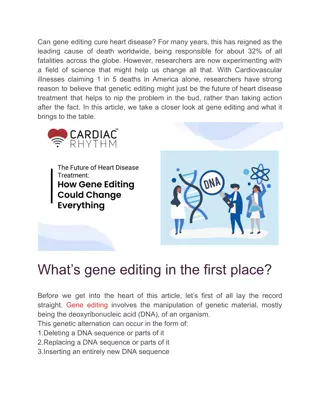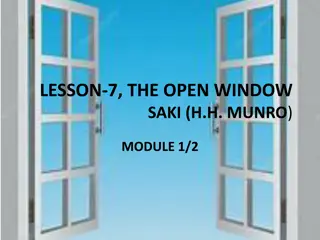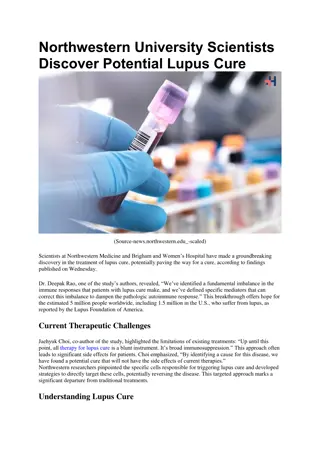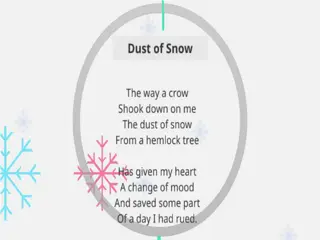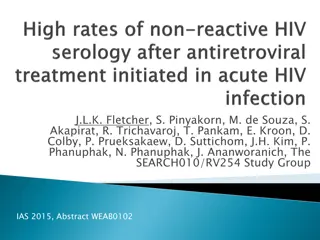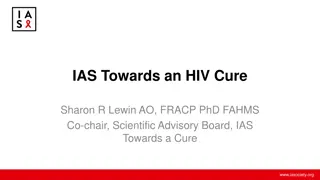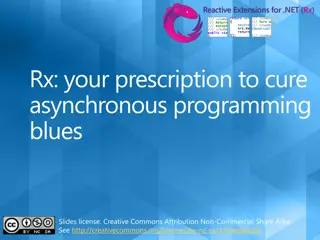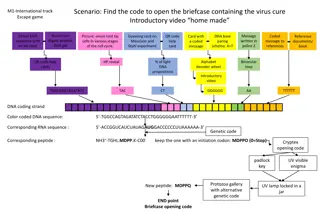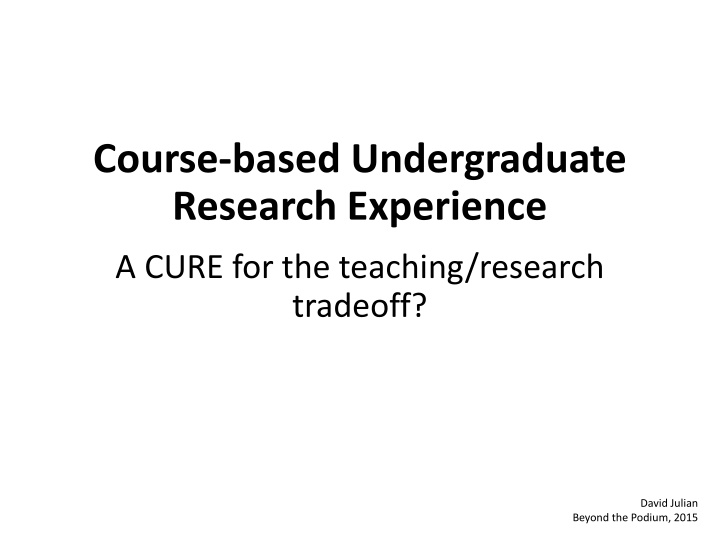
Importance of Undergraduate Research Experience in STEM Education
Explore the significance of undergraduate research experience in STEM education, focusing on its impact on student engagement, academic achievement, retention rates, graduation rates, and pursuit of graduate studies in science fields. Early exposure to research in the first two years of college is crucial for attracting and retaining students in STEM disciplines. Discover how research participation at UF by year and the particular emphasis on early undergrad research experiences can shape the future of STEM students.
Download Presentation

Please find below an Image/Link to download the presentation.
The content on the website is provided AS IS for your information and personal use only. It may not be sold, licensed, or shared on other websites without obtaining consent from the author. If you encounter any issues during the download, it is possible that the publisher has removed the file from their server.
You are allowed to download the files provided on this website for personal or commercial use, subject to the condition that they are used lawfully. All files are the property of their respective owners.
The content on the website is provided AS IS for your information and personal use only. It may not be sold, licensed, or shared on other websites without obtaining consent from the author.
E N D
Presentation Transcript
Course-based Undergraduate Research Experience A CURE for the teaching/research tradeoff? David Julian Beyond the Podium, 2015
Graduation Rates in STEM at UF Same STEM 45% Other STEM 22% Total STEM 67% Non- STEM 20% No Degree 13% Non-URM URM 34% 21% 55% 22% 23% Six-year graduation rate across all STEM major programs (using NSF STEM definition). Rates are cumulative (i.e., they include students who graduated in less than six years). URM represents racial and ethnic groups that are under-represented in STEM.
Most Attrition from the Initial STEM Major is Early Biology Majors Chemistry Majors 75% of total attrition from the initial major occurs by the beginning of the second year.
Why Undergrad Research Experience is Important for STEM Increases engagement, academic achievement, retention, rate of graduation, and the chance of a pursuing graduate study in science fields (Barlow and Villarejo 2004, Foertsch et al. 1997, Jonides 1995, Lopatto 2004, 2007) Especially important for UR students (Balster et al. 2010) Among science-oriented students entering college, very few indicated a desire to pursue a career in science research or were even familiar with such careers, although they aspired to contribute to scientific research. (Hurtado et al. 2006)
Why Early Undergrad Research Experience is Important in STEM The first two years of college are the most critical for recruitment of students into STEM and retention of students in STEM. (PCAST 2012) Early efforts are necessary to acquaint and direct students toward research careers if we truly intend to expand the pool of research scientists (Hurtado at al. 2008)
Research Participation at UF by Year Based on SERU Responses 100% 90% 80% Cumulative Percent 70% 60% 50% Volunteer For Credit 40% 30% For Pay 20% 10% 0% Freshman Sophomore Junior Senior
Research Participation at UF by Year Based on SERU Responses 100% 90% Course 80% Cumulative Percent 70% 60% 50% Volunteer For Credit 40% 30% For Pay 20% 10% 0% Freshman Sophomore Junior Senior
The Spectrum of Research Experiences The activity is an exercise, and the instructor and students all know the desired outcome. The activity is an exercise, and the instructor knows the desired outcome but the students do not. The activity is an experiment, and the instructor knows the outcome but the students do not. The activity is an experiment, and neither the instructor nor the students know the outcome ( authentic research ).
Student Barriers to Engaging in Early, Authentic URE Academic preparation UR students and students from underserved high schools are less likely to have completed advanced placement and dual- enrollment courses. Technical preparation Students from underserved high schools are less likely to have experience with modern research techniques. Academic commitments In most STEM programs undergraduate research does not satisfy major requirements. Employment commitments UR students are more likely to support themselves through outside employment
Faculty Barriers to Providing Authentic UREs Too little time available Lack of professional incentives Inadequate classroom resources Undergraduates don t have the skills/experience to be productive Others?
Course-based Undergraduate Research Experience (CURE) Discovery Broadly relevant or important work Collaboration Iteration Use of scientific practices Asking questions, building and evaluating models, proposing hypotheses, designing studies, selecting methods, using the tools of science, gathering and analyzing data, identifying meaningful variation, navigating the messiness of real- world data, developing and critiquing interpretations and arguments, and communicating findings Auchincnloss et al., CBE-Life Sciences Education 13(1): 29-40 (2014).
Auchincnloss et al., CBE-Life Sciences Education 13(1): 29-40 (2014).
Creating a CURE Course from and for Your Research Program What is keeping your mentoring activity from being a course? Course number Place in the curriculum Count for credit in major(s) Syllabus Weekly schedule of topics/activities Assessments/product (mechanism by which grade will be determined)
Creating a CURE Course from and for Your Research Program Backward Design Principles Learning Outcomes Assessment Activities Content
One Model: GEAR Moore and Teter, 2014
One Model: GEAR Moore and Teter, 2014
UF Expertise and Successes Miller et al., 2013
References * Auchincloss, L. C., Laursen, S. L., Branchaw, J. L., Eagan, K., Graham, M., Hanauer, D. I., Lawrie, G., McLinn, C. M., Pelaez, N., Rowland, S., et al. (2014). Assessment of Course-Based Undergraduate Research Experiences: A Meeting Report. CBE-LIFE Sci. Educ. 13, 29 40. Balster, N., Pfund, C., Rediske, R., Branchaw, J. (2010) Entering research: A course that creates community and structure for beginning undergraduate researchers in the STEM disciplines. CBE Life Sci Education, 9, 108-118. Barlow, A. E. L., & Villarejo, M. (2004). Making a difference for minorities: Evaluation of an educational enrichment program. Journal of Research in Science Teaching, 41(9), 861 881. Foertsch, J., Alexander, B. B., & Penberthy, D. (1997). Summer research opportunity programs (SROPs) for minority undergraduates: A longitudinal study of program outcomes, 1986 1996. Madison: The Lead Center, University of Wisconsin-Madison. Hurtado, S., Cerna O. S., Chang, J. C., Saenz, V. B., Lopez, L. R., Mosqueda, C., Oseguera, L., Chang, M. J., & Korn, W. S. (2006). Aspiring scientists: Characteristics of college freshmen interested in the biomedical and behavioral sciences. Los Angeles: Higher Education Research Institute. Jonides, J. (1995). Evaluation and dissemination of an undergraduate program to improve retention of asterisk students. Ann Arbor, MI (ERIC Document Reproduction Service No. ED 414841). Lopatto, D. (2007). Undergraduate research experiences support science career decisions and active learning. CBE-Life Sciences Education 6, 297 305. Lopatto, D., Alvarez, C., Barnard, D., Chandrasekaran, C., Chung, H., Du, C., Morris, R. (2008). Genomics Education Partnership. Science, 322(5902), 684 685. * Miller, C. W., Hamel, J., Holmes, K. D., Helmey-Hartman, W. L. and Lopatto, D. (2013). Extending Your Research Team: Learning Benefits When a Laboratory Partners with a Classroom. Bioscience 63, 754 762. * Moore, S. D. and Teter, K. (2014). Group-effort Applied Research: Expanding Opportunities for Undergraduate Research Through Original, Class-Based Research Projects. Biochem. Mol. Biol. Educ. 42, 331 338. President s Council of Advisors on Science and Technology (2012). Report to the President Executive Office of the President President s Council of Advisors. Washington, D.C.
Other Reading Corwin, L. a, Graham, M. J. and Dolan, E. L. (2015). Modeling Course-Based Undergraduate Research Experiences: An Agenda for Future Research and Evaluation. CBE Life Sci. Educ. 14, 1 13. Shaffer, C. D., Alvarez, C. J., Bednarski, A. E., Dunbar, D., Goodman, A. L., Reinke, C., Rosenwald, A. G., Wolyniak, M. J., Bailey, C., Barnard, D., et al. (2014). A Course-Based Research Experience: How Benefits Change with Increased Investment in Instructional Time. CBE-LIFE Sci. Educ. 13, 111 130. Zimbardi, K. and Myatt, P. (2014). Embedding undergraduate research experiences within the curriculum: a cross- disciplinary study of the key characteristics guiding implementation. Stud. High. Educ. 39, 233 250.

